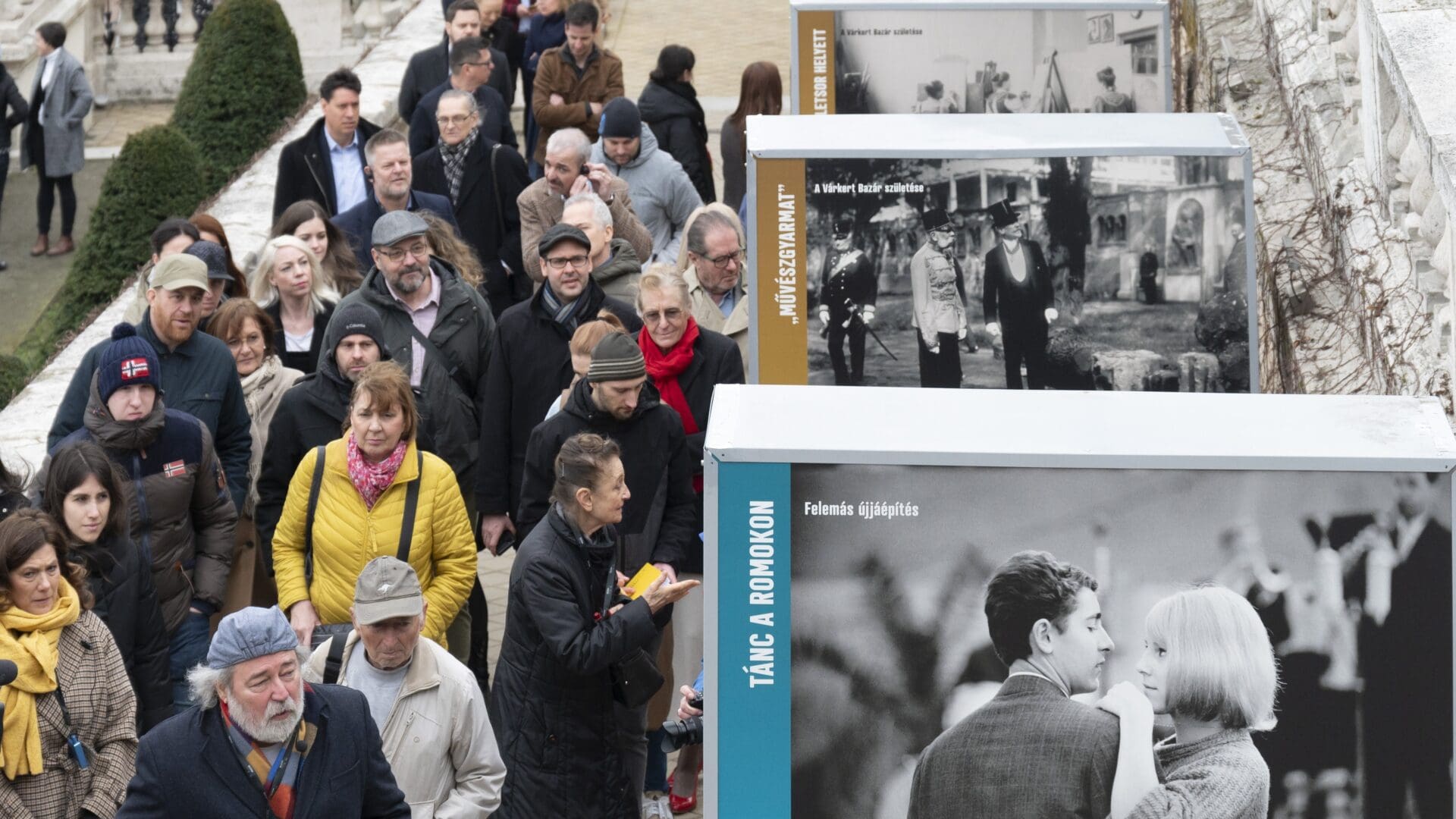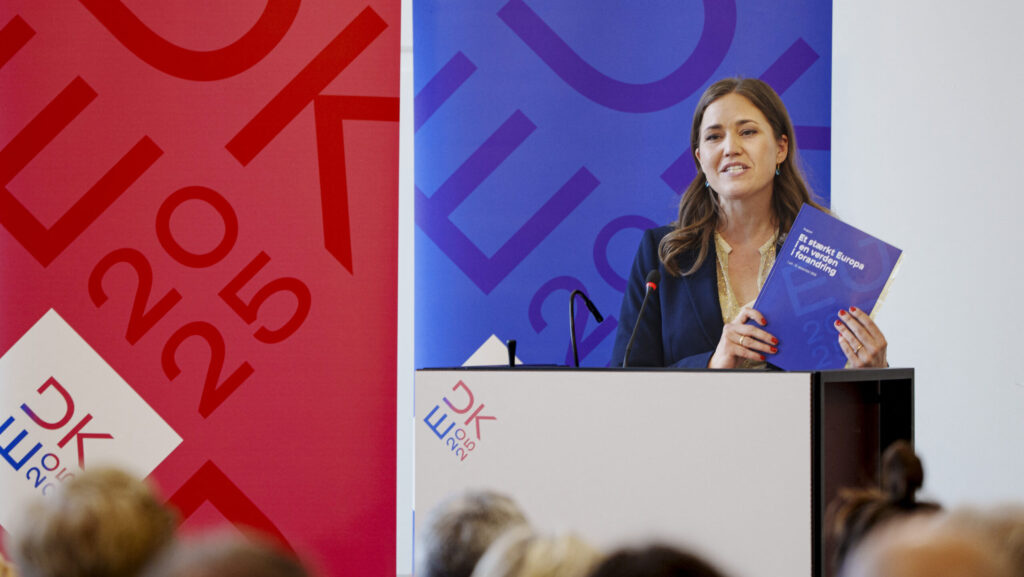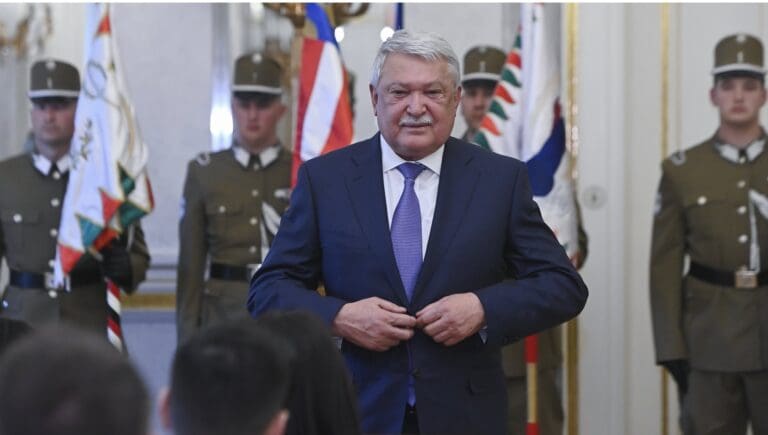An exhibition titled From Masters to Experiences: Stories of the Castle Garden (Várkert) Bazaar opened on Thursday, marking the opening of the celebratory cultural season of the Várkert Bazaar, renewed ten years ago.
The exhibition presents the complete history of the building complex rebuilt in 2014, from the late 19th century to the present day, through three key periods, as highlighted during the opening ceremony at the venue.
Henrietta Kiss, the content development leader of the Castle District, recalling the history of the site, explained that the idea of the Várkert Bazaar was born as part of a unified urban planning concept in the early 1870s. After several changes,
it was eventually completed between 1875 and 1883 based on the plans of the renowned architect of the era, Miklós Ybl.
Its realization marked the beginning of the expansion of the former Royal Palace and
the first significant success in the architectural development of modern Budapest.
The exhibition panels showcase how Miklós Ybl won the leadership of the grand construction project and which famous painters and sculptors of the era later worked in the studios of the Várkert Bazaar. The exhibition also illustrates the damages suffered by the building complex during the Second World War through contemporary photographs.
The second part of the outdoor exhibition presents the 1960s when the so-called Ifipark (Youth Park) operated on the site. Visitors can learn about the bands that performed here and the ideological rules under which the youth of the time could enjoy themselves. The iconic entertainment venue closed in 1984, and the building complex began to deteriorate. By 1996, it was listed as one of the world’s most endangered cultural heritage sites.
The third part of the exhibition showcases the renewal of the Várkert Bazaar in 2014. The panels recount how the reconstruction not only preserved architectural traditions but also incorporated the expectations of the modern era. Today, it has become a significant cultural institution in the capital, welcoming tens of thousands of visitors annually with its diverse musical, literary, and visual arts offerings, as well as family programs.
Krisztina Sikota, Deputy CEO responsible for tourism, culture and communications at the Castle District Captaincy mentioned that accompanying programmes are also planned for the exhibition. A turn-of-the-century family afternoon will feature a live historical playhouse at the YBL6 Art Space on 27 April, and family guided tours will also be held at the outdoor exhibition site. At the end of May, a three-day art festival will begin, summarizing the cultural diversity of the past ten years since the reopening. The festival will offer free events and family activities, as well as major concerts, literary programmes, guided tours, workshops, and culinary specialties.
The exhibition can be visited until early June.
Related articles:
Sources: Hungarian Conservative/MTI








